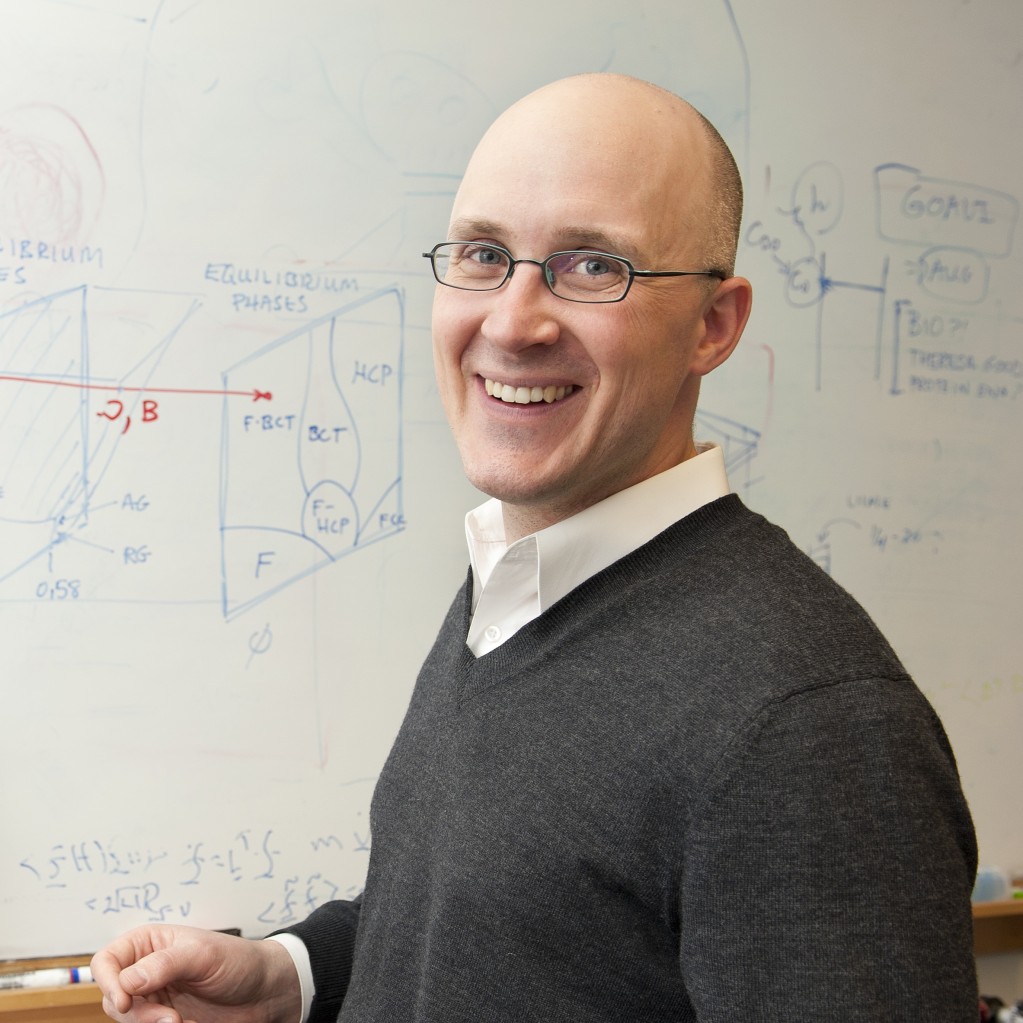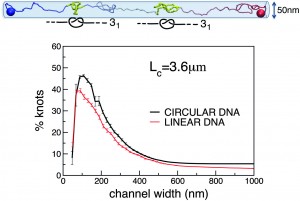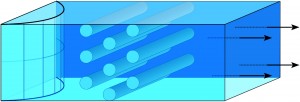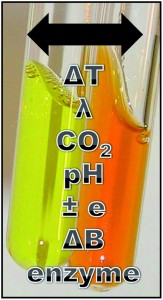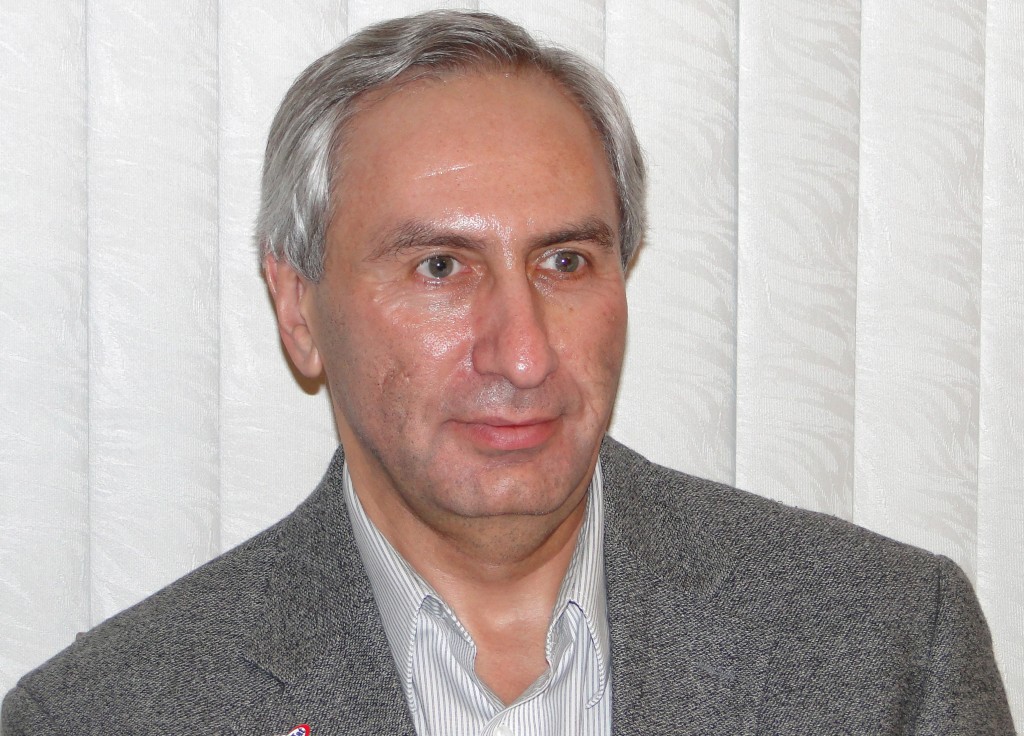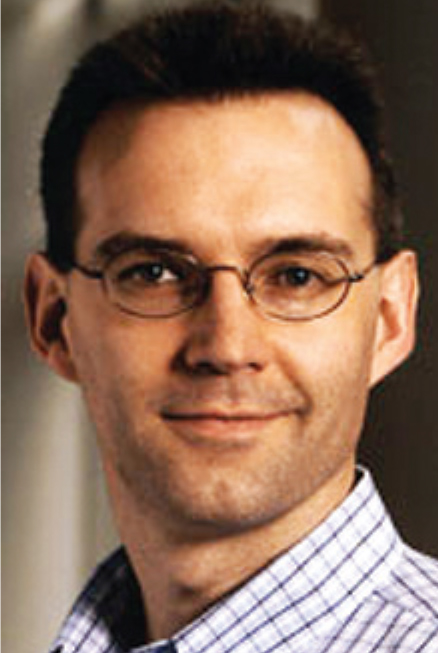Below are the ten most-read Soft Matter articles of 2012 that were published in 2012:
Extreme wettability and tunable adhesion: biomimicking beyond nature?
Xinjie Liu, Yongmin Liang, Feng Zhou and Weimin Liu
Soft Matter, 2012, 8, 2070-2086,
DOI: 10.1039/C1SM07003G
Mechanics of morphological instabilities and surface wrinkling in soft materials: a review
Bo Li, Yan-Ping Cao, Xi-Qiao Feng and Huajian Gao
Soft Matter, 2012, 8, 5728-5745,
DOI: 10.1039/C2SM00011C
Design and properties of supramolecular polymer gels
Atsushi Noro, Mikihiro Hayashi and Yushu Matsushita
Soft Matter, 2012, 8, 6416-6429,
DOI: 10.1039/C2SM25144B
Gel-nanocomposites: materials with promising applications
Dibyendu Das, Tanmoy Kar and Prasanta Kumar Das
Soft Matter, 2012, 8, 2348-2365,
DOI: 10.1039/C1SM06639K
Nanoemulsions versus microemulsions: terminology, differences, and similarities
David Julian McClements
Soft Matter, 2012, 8, 1719-1729,
DOI: 10.1039/C2SM06903B
Self-assembly of biodegradable polyurethanes for controlled delivery applications
Mingming Ding, Jiehua Li, Hong Tan and Qiang Fu
Soft Matter, 2012, 8, 5414-5428, DOI: 10.1039/C2SM07402H
Hyaluronic acid-based hydrogels: from a natural polysaccharide to complex networks
Xian Xu, Amit K. Jha, Daniel A. Harrington, Mary C. Farach-Carson and Xinqiao Jia
Soft Matter, 2012, 8, 3280-3294,
DOI: 10.1039/C2SM06463D
Tunable plasmonic nanostructures from noble metal nanoparticles and stimuli-responsive polymers
Ihor Tokarev and Sergiy Minko
Soft Matter, 2012, 8, 5980-5987,
DOI: 10.1039/C2SM25069A
Nanostructure-templated control of drug release from peptide amphiphile nanofiber gels
John B. Matson, Christina J. Newcomb, Ronit Bitton and Samuel I. Stupp
Soft Matter, 2012, 8, 3586-3595,
DOI: 10.1039/C2SM07420F
Self-assembled architectures with multiple aqueous compartments
Hans-Peter M. de Hoog, Madhavan Nallani and Nikodem Tomczak
Soft Matter, 2012, 8, 4552-4561,
DOI: 10.1039/C2SM06934B
Why not take a look at the articles today and blog your thoughts and comments below.
Fancy submitting an article to Soft Matter? Then why not submit to us today!
To keep up-to-date with all the latest research, sign up for the Soft Matter e-Alert or RSS feeds or follow Soft Matter on Twitter or Facebook.











